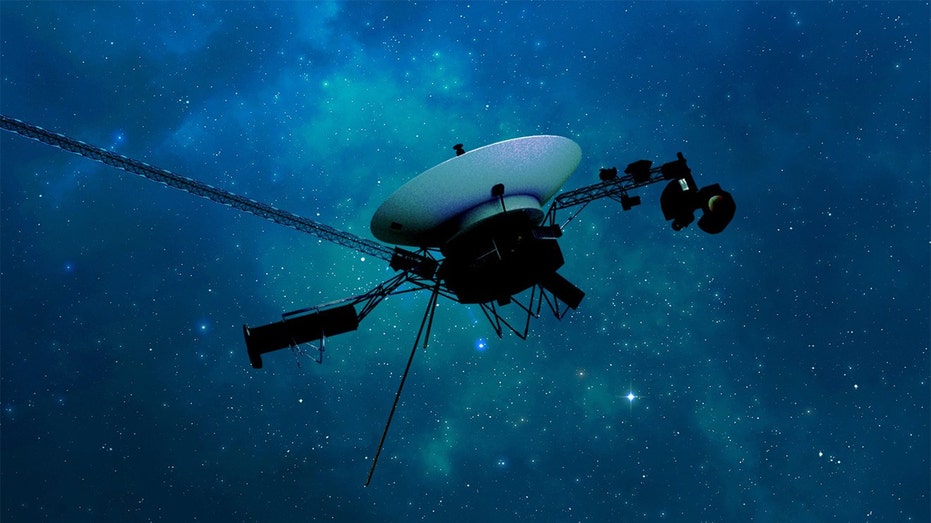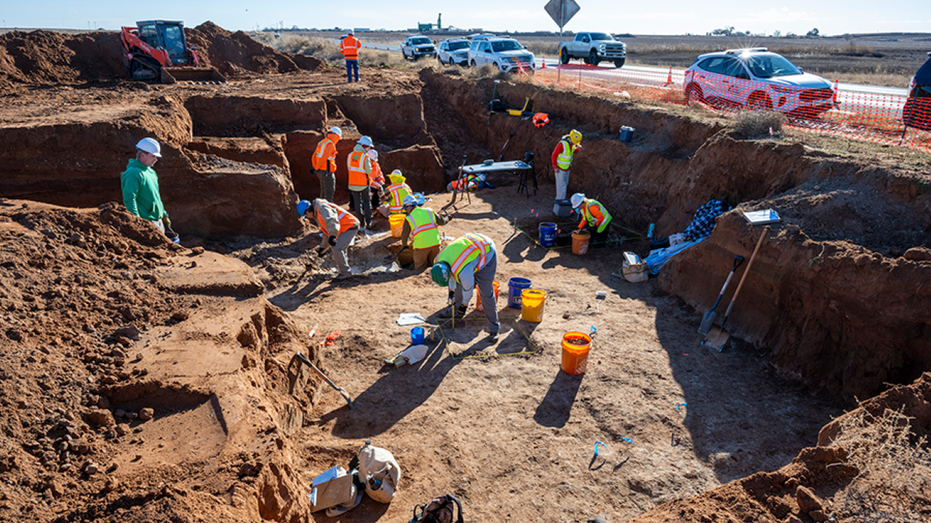- by foxnews
- 24 May 2025
NASA revives 'dead' thrusters on Voyager 1 after two decades of inactivity
NASA's Voyager 1, launched in 1977, explores interstellar space. Antenna upgrades in Australia will enhance communication for future lunar missions.
- by foxnews
- 24 May 2025
- in technology

The roll thrusters have not worked since 2004 and are long believed to have been out of commission.
These thrusters are important because Voyager's main thrusters appear to have some residue forming that could cause them to clog. Scientists estimate those thrusters could fail as early as Fall 2025.
The antenna on Earth responsible for sending commands to both Voyager 1 and Voyager 2 will be offline for several months.
While that antenna is being upgraded, the team at NASA will not be able to communicate with the twin space probes.
Suzanne Dodd, Voyager project manager and director of the Interplanetary Network at JPL, said these upgrades are important for future Moon missions.
Each Voyager has a set of primary thrusters that control movement in all directions as well as smaller thrusters for what is called roll control.
While there is a third set of thrusters, which were brought back online in 2018 and 2019, Voyager does not have the capability to perform the roll adjustments needed to keep a connection with Earth.
If Earth happened to lose connection with Voyager 1, it would be nearly impossible to restore communication.
- by foxnews
- descember 09, 2016
Texas road construction unearths 'colossal' prehistoric remains of 'big ol' animals'
Archaeologists in Texas recently discovered prehistoric megafauna bones, including a giant ground sloth, during a highway project in Lubbock, according to officials.
read more




